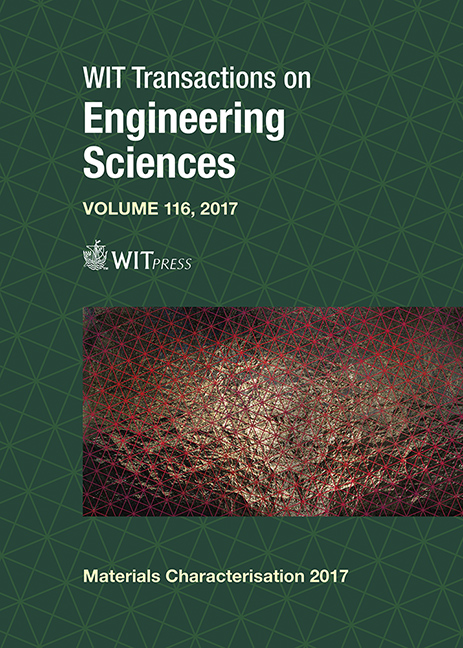FEM ANALYSIS OF TEMPERATURE DISTRIBUTION OF A FLAT PLATE MOLD WITH HOLLOWS, HEATED BY DIRECT RESISTANCE HEATING
Price
Free (open access)
Transaction
Volume
116
Pages
8
Page Range
337 - 344
Published
2017
Size
515 kb
Paper DOI
10.2495/MC170351
Copyright
WIT Press
Author(s)
KAZUTO TANAKA, SHUN AKAMATSU, JUN NAKATSUKA, TSUTAO KATAYAMA
Abstract
In the automobile industry, the lightening of a car body has become more important than ever to reduce the CO2 emissions. Carbon Fiber Reinforced Thermoplastics (CFRTP), which are superior in recyclability, specific strength and specific modulus, are expected to be candidates for replacing traditional metal materials. To increase the application of CFRTP, which are expensive now, a low-cost and high-speed molding method should be developed. A high-frequency direct resistance heating method, which heats only the mold surface rapidly by skin effect, has been developed and shows better energy consumption compared to an induction heating method. In this high-frequency direct resistance heating method, the uniformity of temperature distribution of the mold surface is one of the important issues to be solved. In our previous study, making a hollow in the curved mold can control heat flux and provides the uniform temperature distribution. In this study, to obtain uniform temperature distribution of the flat plate mold, the influence of the depth and number of hollows in the flat mold were analyzed by using FEM analysis. Uniform temperature distribution can be obtained by increasing the number of the hollows, which increase heat transfer paths between the hollows.
Keywords
CFRTP flat mold, FEM analysis, temperature distribution, skin effect, high-frequency direct resistance heating, hollow





